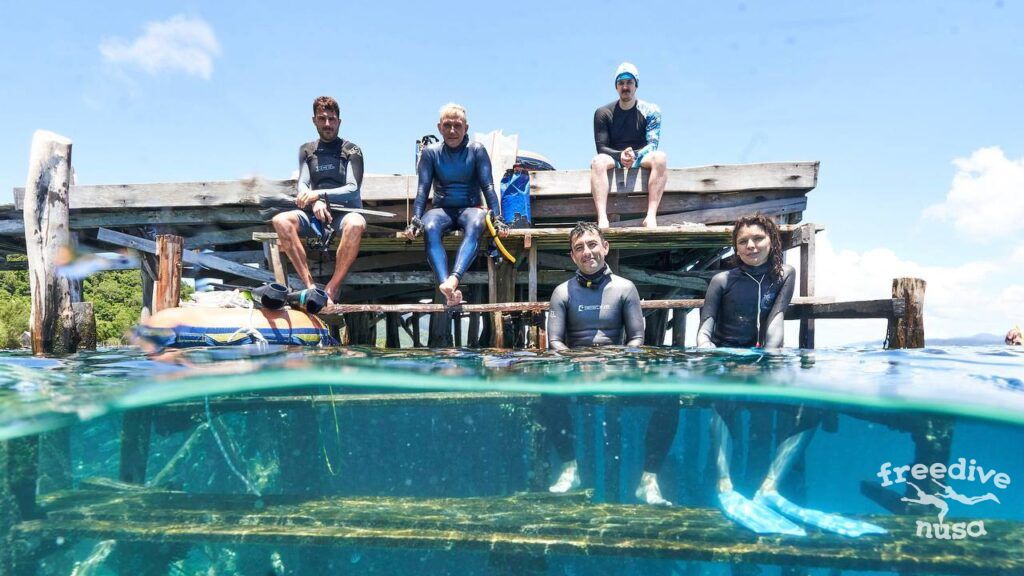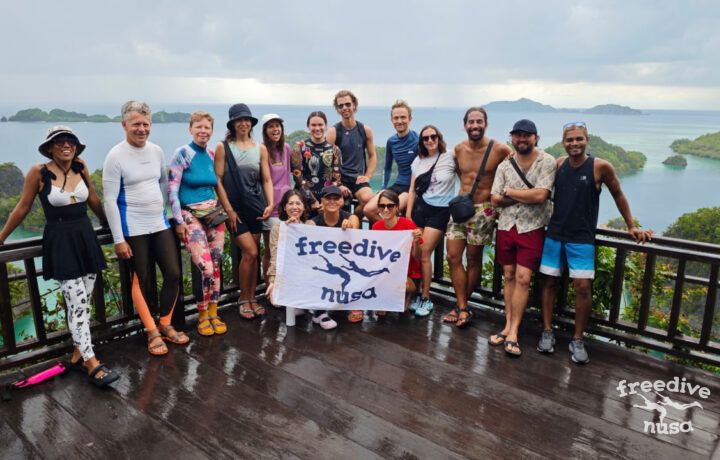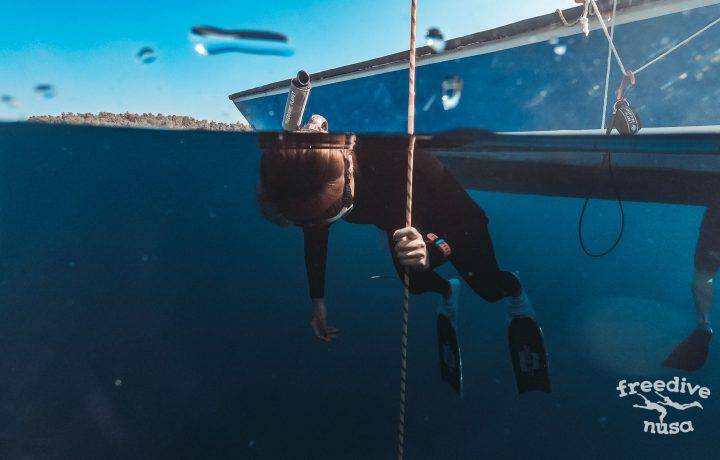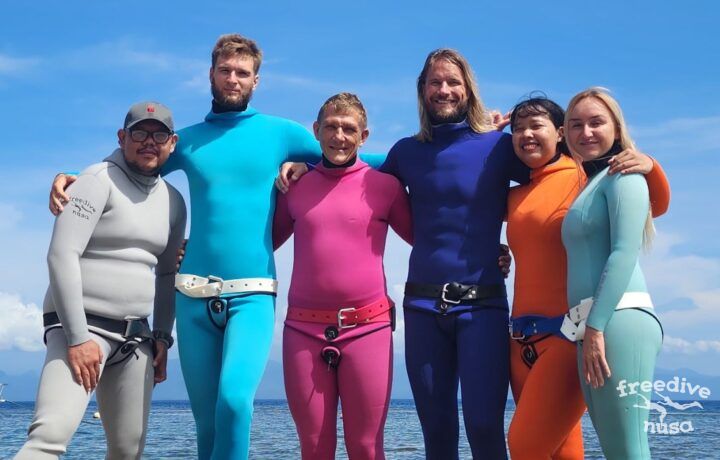Raja Ampat, located off the northwestern tip of Papua, offers some of the most thrilling diving experiences in Southeast Asia, if not the entire world. The marine diversity here is truly astonishing and unlike anything else on the planet. From the stunning hard coral sites in the north to the vibrant soft corals of Misool in the south, Raja Ampat represents the pinnacle of reef diving. With an array of liveaboards and idyllic tropical dive resorts, this destination is undoubtedly the king of dive holidays.
Raja Ampat is an archipelago comprising over 1,500 small islands and reefs surrounding four main islands: Misool, Salawati, Batanta, and Waigeo, known as the “Four Kings”. Although part of Indonesia, these islands feel like a world of their own, promising exploration and adventure.
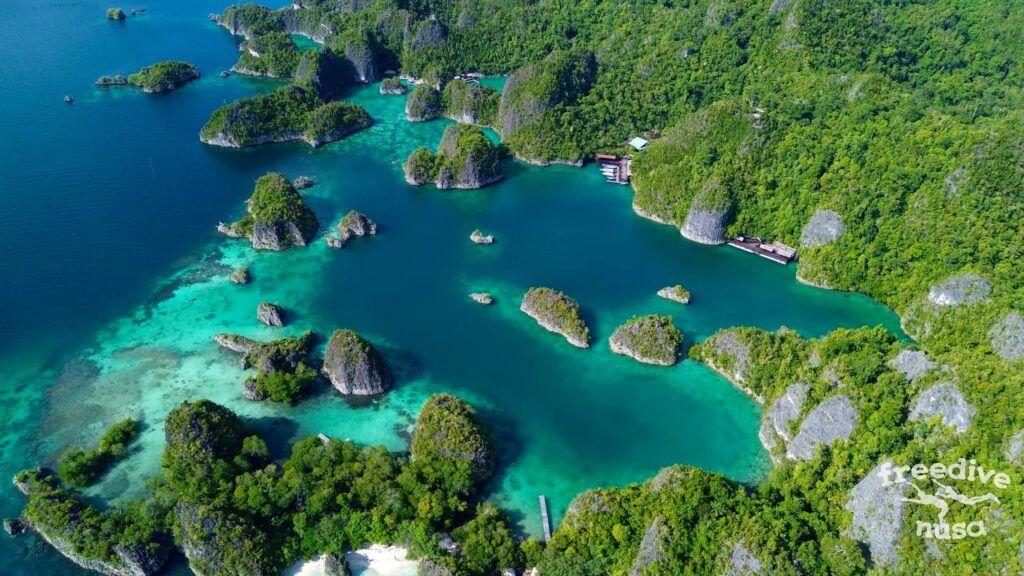
West Papua boasts dramatic landscapes and incredible plant diversity, and the late arrival of tourism helps preserve its unique biological and cultural richness. Raja Ampat’s exceptional diving is a treasure trove of unique species; for instance, Cape Kri on Mansuar Island holds the record for the highest number of fish species seen on a single dive. This area is so vital for reef conservation that it’s protected as part of the Bird’s Head Seascape.
While Raja Ampat is more accessible now, it retains a remote and enchanting feeling. The “Four Kings” continue to reign supreme, offering some of the best diving in the world.
Getting to Raja Ampat
The primary gateway to Raja Ampat is the city of Sorong. You can reach it from Bali or Jakarta via Makassar or Surabaya. Nowadays, there are direct night flights by Garuda Airlines from Denpasar to Sorong two times per week.
Once in Sorong, you can take a public ferry to Waisai (Central Raja Ampat) and Yellu (South Raja Ampat) or arrange a private transfer from your dive resort or homestay.
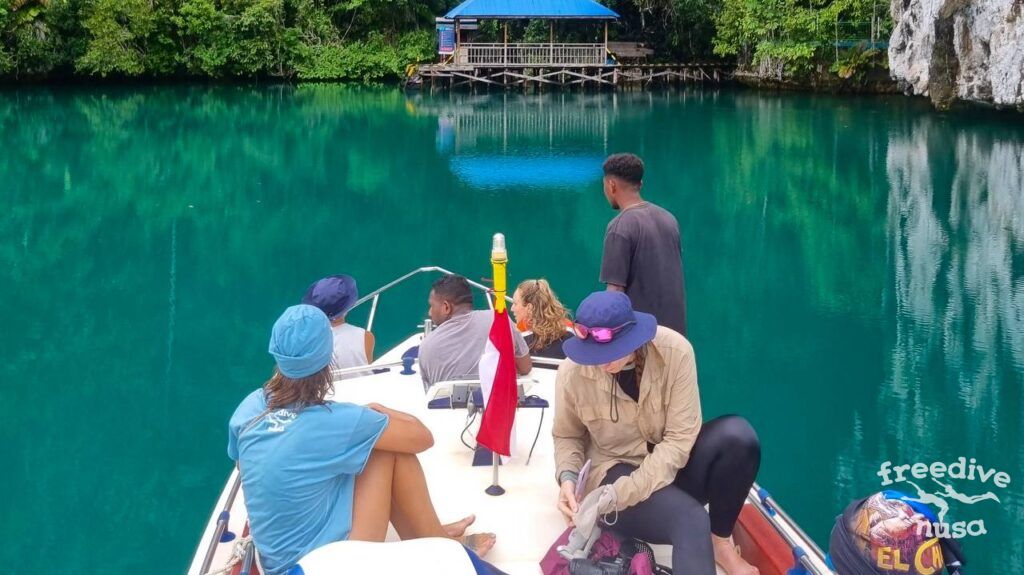
Where to Stay in Raja Ampat
The most common and cost-effective option is to stay in a local homestay. There are plenty of them, especially in the central part in the islands of Waigeo, Gam, Kri, Mansuar, and Arborek.
Keep in mind that Raja Ampat is pricier than other Indonesian destinations and with very limited facilities at the same time. The cheapest homestays will cost you about 30$ per person. Usually, it will be a simple hat with a mattress on the floor, a shared bucket-style shower, and meals 3 times per day (rice, fish, tempe, vegetables). Most of the homestays have their own home reef (but not all of them, check it first) and you can snorkel right from the beach or long jetty which are visit cards of Raja Ampat.
Some homestays also have their own dive centers, where you can go scuba diving. Others offer only snorkeling.
The main cost of this option is transportation. To explore more places and dive sites, you will need to hire a boat. Traveling in a group and sharing those costs will be more convenient and cheaper.
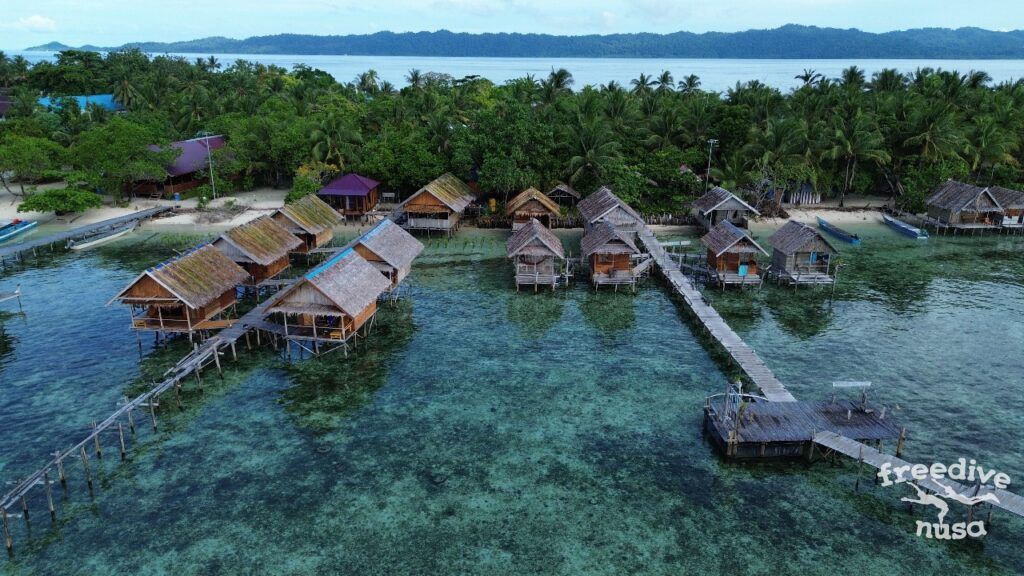
For people who do not want to compromise the level of comfort there are plenty of scuba liveaboards and several dive resorts. Prices in resorts start from 200$ per night and liveaboards from 3000$ per week. This option will be also better if you have visited the central and easily accessible part of the archipelago and want to dive into the most remote parts such as Wayag.
Activities and Seasons
Of course, most of the visitors come to Raja Ampat for ocean-related activities – diving, snorkeling, and freediving.
Raja Ampat has two primary diving seasons. The northwest monsoon from October to April is the best time to visit, while the southeast monsoon from June to September can cause rough seas, especially in Misool. Most homestays in Misool close during this season. The northern regions remain open year-round but have limited activities.
You’re likely to encounter some rain, especially in November, December, and the mid-year months, but showers are usually brief. Water temperatures are consistently warm, averaging between 28-29 °C all year round.
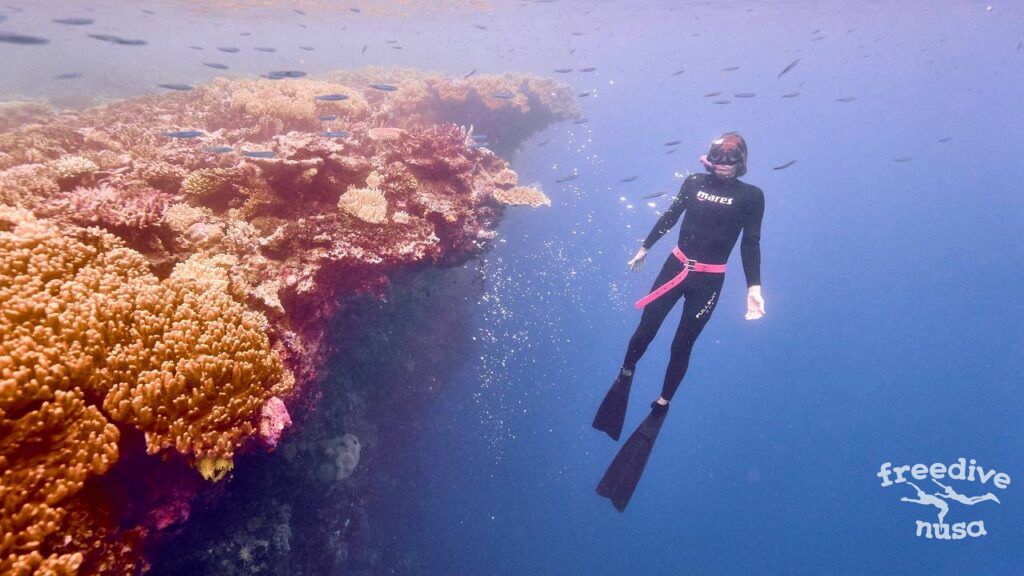
There are not many activities in central Raja Ampat that are not connected to the ocean. Mostly people are coming here for diving and snorkeling. One of the most popular “dry” activities is trekking and bird-watching. Here you have a chance to see unique birds-of-paradise.
Their uniqueness lies not only in their extraordinary plumage and elaborate courtship displays but also in their diverse species, some of which are endemic to this region. These birds are known for their vibrant colors and intricate feather structures, making them a favorite subject for birdwatchers and photographers alike. People embark on trekking adventures in Raja Ampat to observe these enchanting birds in their natural habitat, experiencing the thrill of witnessing their spectacular rituals.
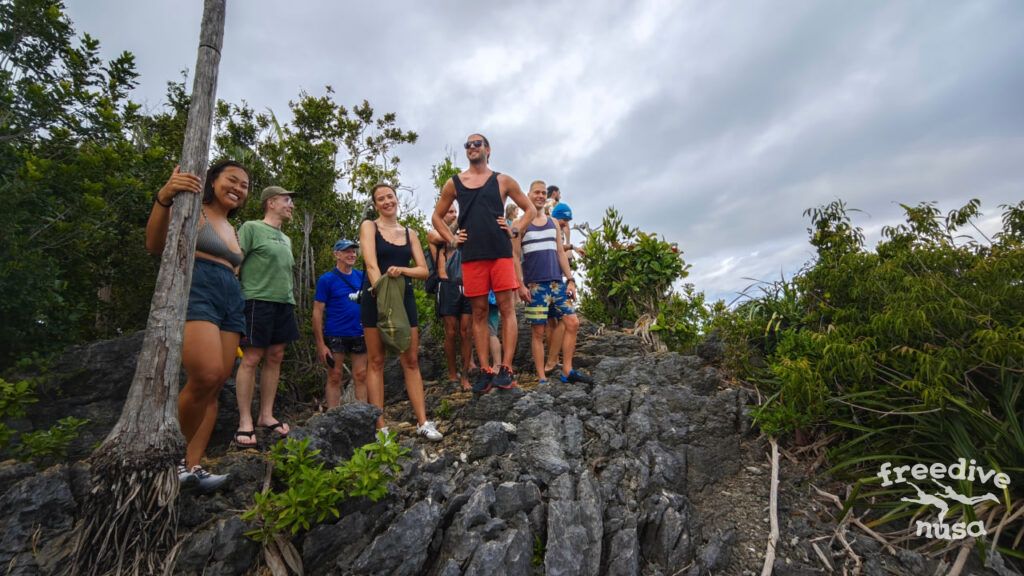
In Misool, the situation is different. There are more places for short trekking and exploration.
Our freediving expedition to Misool is an ideal mix of freediving and everyday trekking – from meeting sunrises to the heart-shaped lagoon to meeting sunsets from the Puncak Harfat viewpoint.
North Raja Ampat
In the north, the views from Mount Pindito in Wayag are breathtaking. The views are similar to Piyanemo but much less visited. This limestone tower overlooks a lagoon popular with juvenile manta rays. It’s far from the Dampier Strait and the only way to explore this area will be to join a liveaboard.
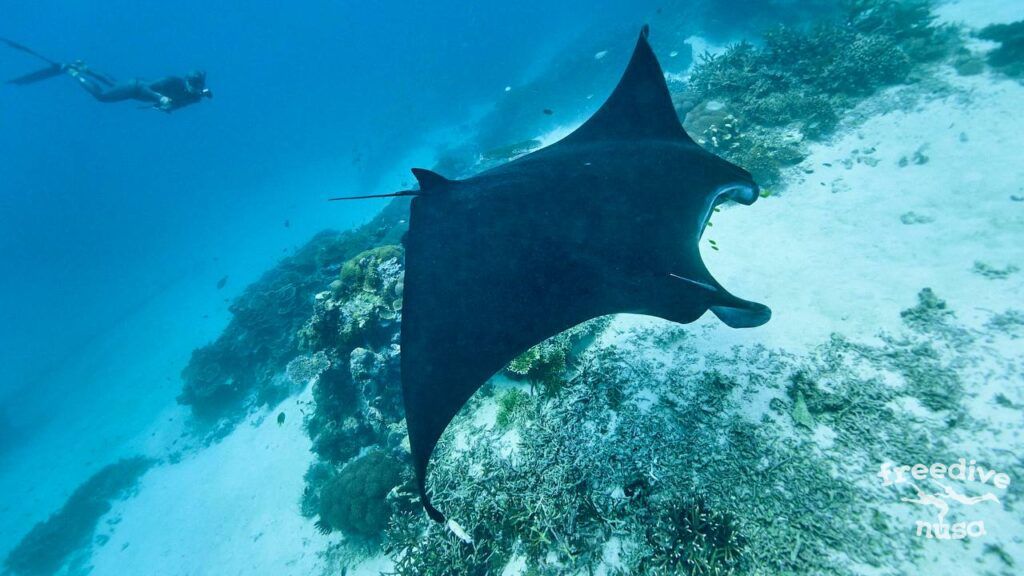
Central Raja Ampat
The central part of the archipelago is a classical tropical paradise and has plenty of famous dive sites such as Cape Kri, Sawandarek, Friwen, Mioskon, Manta Sandy. The majority of the dive sites are located around the islands of Kri, Mansuar, and Arborek. It makes them the most convenient place to stay and do not waste too much time on transportation.
Piaynemo is a part of the Fam Archipelago and one of the landmarks of Raja Ampat.
Pianemo is a stunning cluster of limestone islands renowned for its breathtaking scenery and vibrant marine life. Pianemo offers unparalleled views, especially from its panoramic viewpoints that require a short trek to reach. Visitors flock here not only to soak in the picturesque landscapes but also to explore the surrounding coral reefs. There are several top dive sites in this area such as Melissa Garden, Rufas Island, Fam Wall, etc.
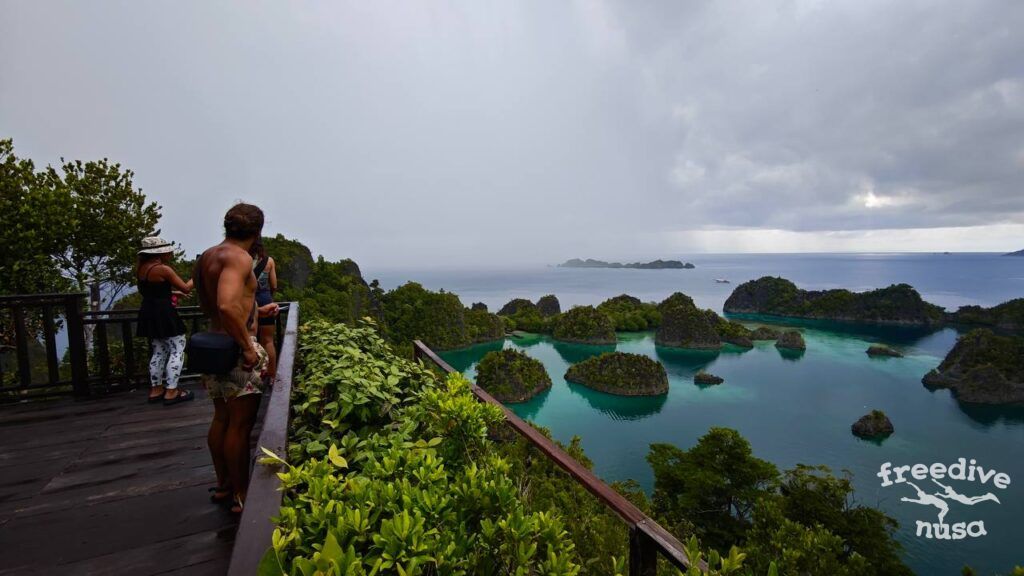
We have organized tens of trips to the central part of Raja Ampat and explored this region a lot to choose the best spots for freedivers. With a private speedboat, we can reach the best and the most remote spots and guide you to ensure memorable encounters with the marine creatures of the archipelago During the trip, we stay in the local homestays on the islands of Kri and Arborek and work closely with local Papuan community.
South Raja Ampat
Misool Island and the area around it have stunning landscapes both underwater and above the water. While the underwater landscape might not be as rich as the central part, it has amazing walls with overhangs.
The list of unique locations here is fairly long:
Lenmakana Stingless Jellyfish Lake
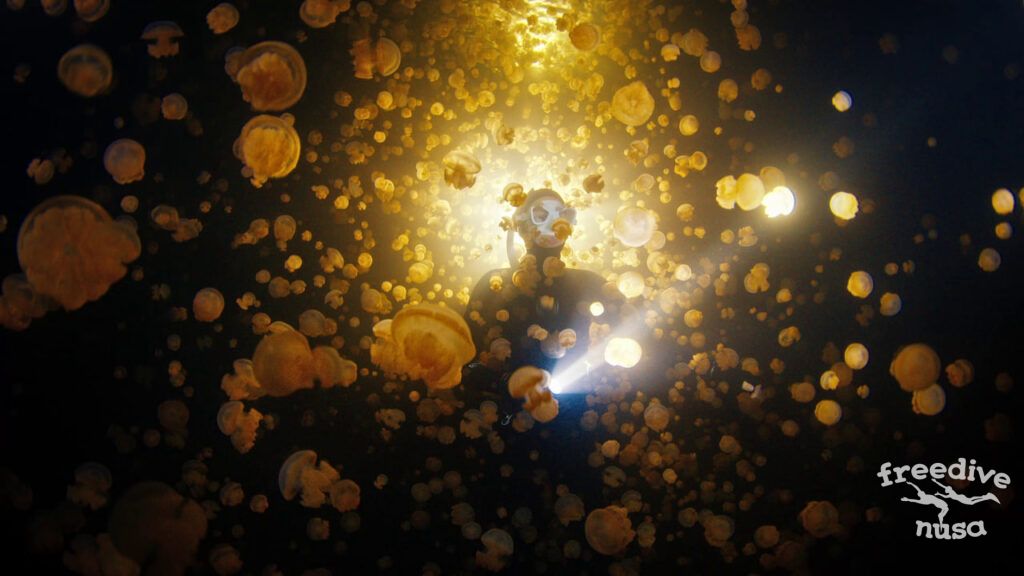
Goa Keramat Cave
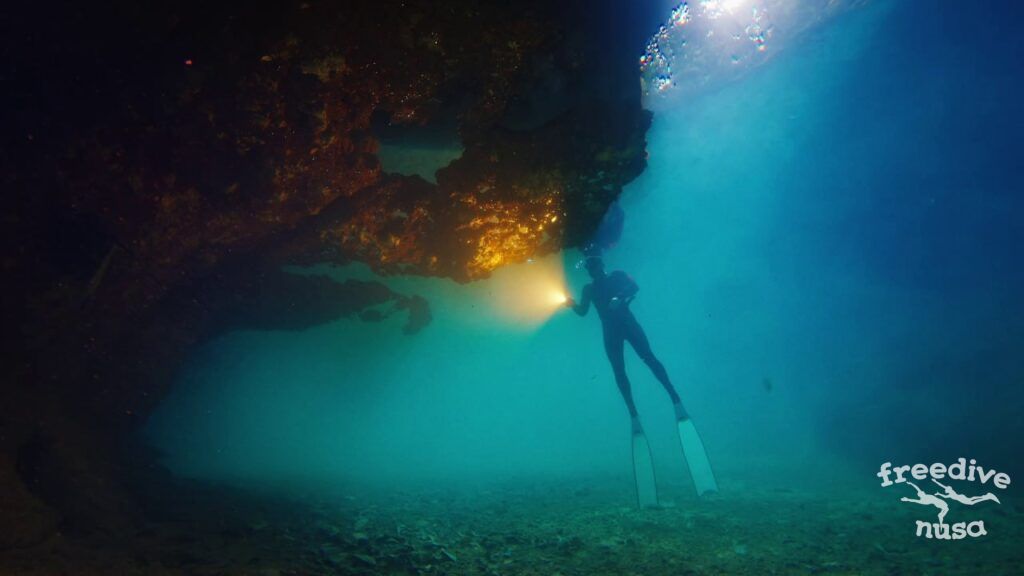
Dafalen Love Lake
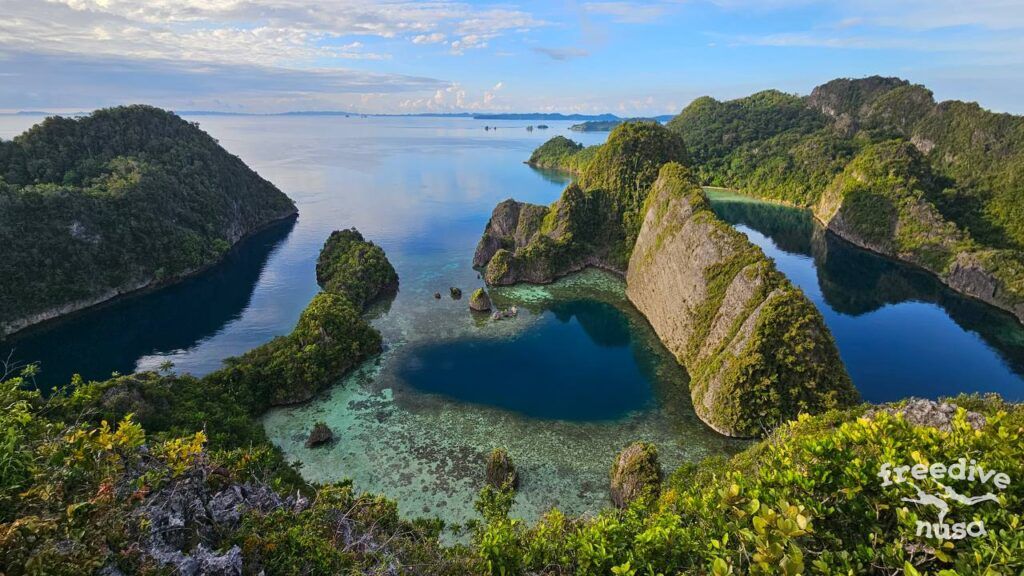
Karawapop Love Lake
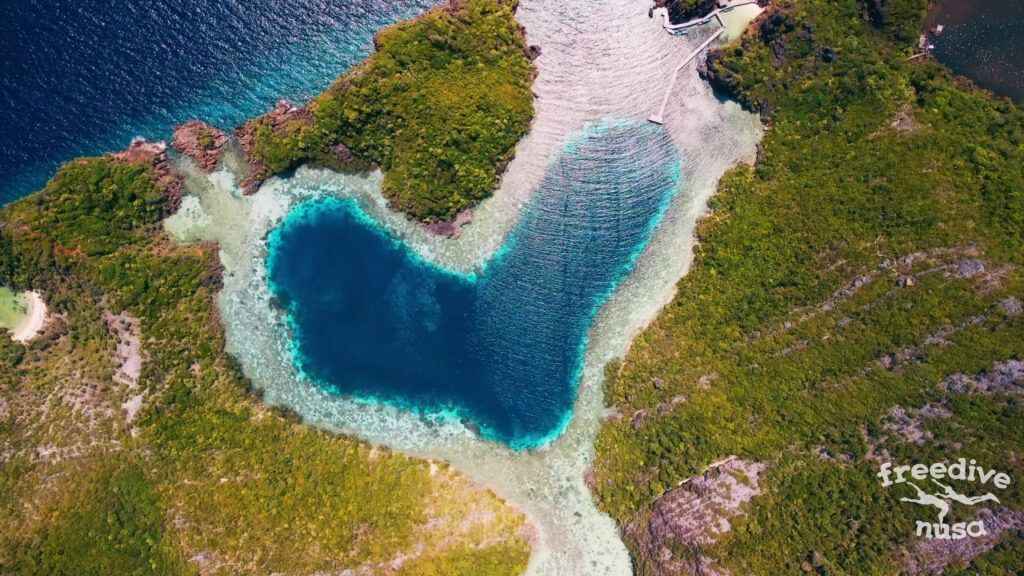
Balbulol
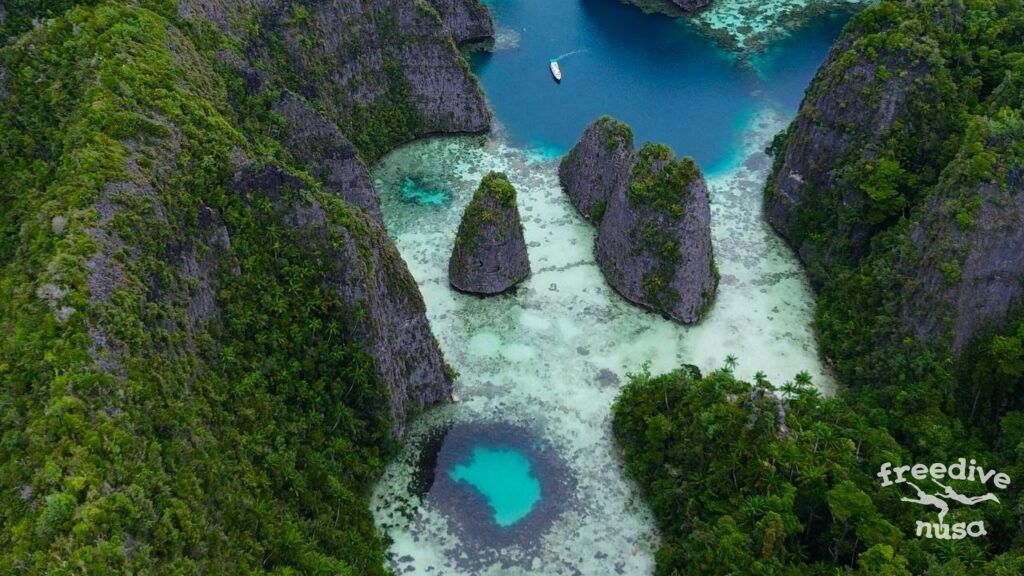
Puncak Harfat
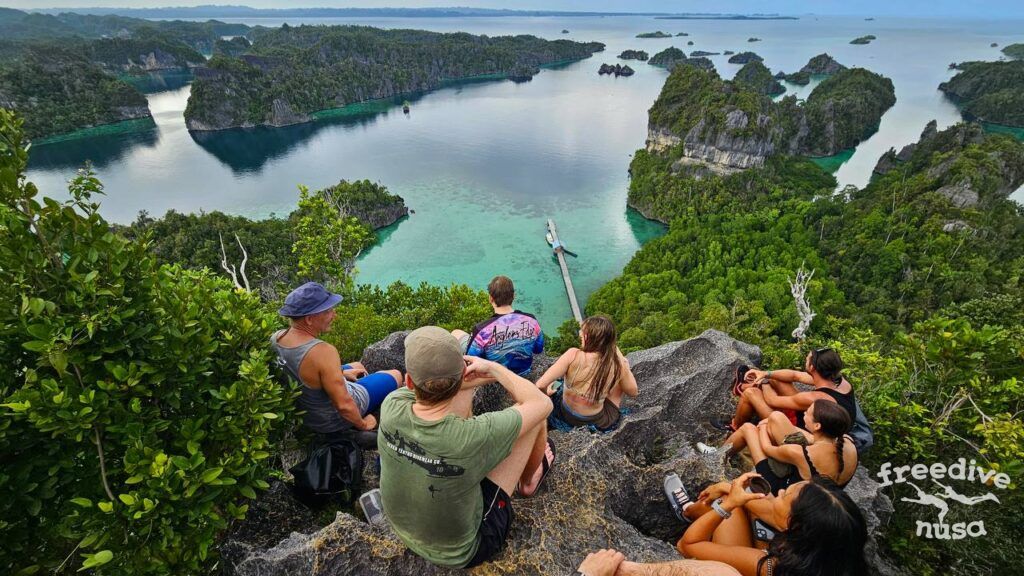
There are only several homestays and only one fancy dive resort in this area. The other option is a livaboard.
In general, Misool is much less visited by tourists than the central part, but it has become more popular in recent years.
Raja Ampat is a true paradise for diving enthusiasts, offering some of the most diverse and spectacular underwater experiences in the world. Its unique marine life, stunning coral reefs, and pristine landscapes make it a dream destination for adventurers seeking both beauty and tranquility. Whether you’re staying in a simple homestay or aboard a luxurious liveaboard, Raja Ampat provides access to remote dive sites and a chance to connect with nature in its most untouched form. With its breathtaking underwater world, cultural richness, and unparalleled wildlife, it’s no wonder this destination continues to be a must-visit for divers and nature lovers alike.
Join us on an unforgettable journey to Raja Ampat where the ocean meets adventure, and memories are made. Let us show you why it’s one of the best diving destinations in the world. Ready to explore? Come dive in with us!
